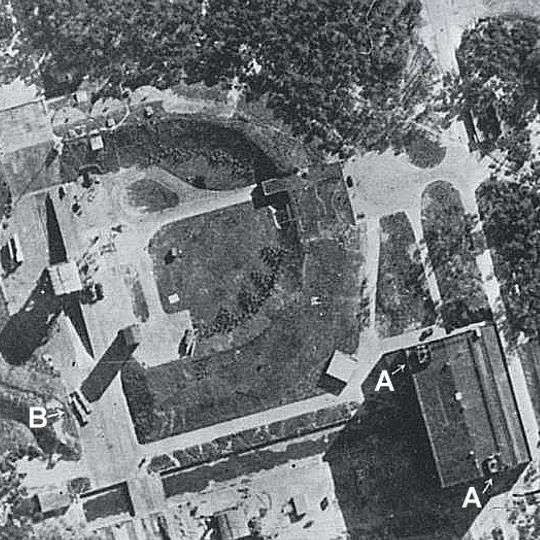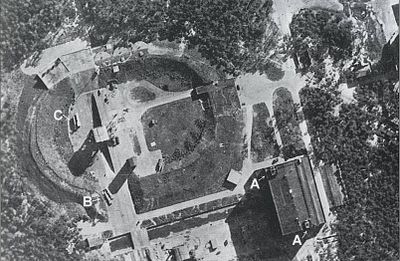Test Stand VII, Military launch pad ruins in Peenemünde, Germany
Test Stand VII is a rocket launch facility in Peenemünde on the German Baltic coast with preserved concrete structures from the 1940s. The remains include a wide trench, a flame chamber, and a sand wall that extend over several hundred meters along the shoreline.
The facility was built in 1938 as part of the Army Research Center and served for testing rocket motors. On October 3, 1942, the first successful V-2 rocket launched from here, marking a turning point in rocket technology.
The site holds significance as a place where rocket development shaped modern technology and changed how people understood space travel. Walking through it today, visitors can sense how intensive engineering work transformed this Baltic location into a center of innovation.
Access to the remains is via an old concrete road leading to the site. Visitors should be cautious when walking on the deteriorating structures since the ground is marshy and some parts may be unstable.
The facility features a specialized flame deflection system made of molybdenum-steel pipes designed to withstand extreme temperatures during rocket testing. This technical detail shows just how sophisticated early testing installations had to be.
Location: Peenemünde
Inception: 1938
Part of: Peenemünde Army Research Center
GPS coordinates: 54.16833,13.80083
Latest update: December 7, 2025 20:48
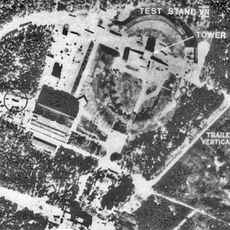
Peenemünde Army Research Center
2 km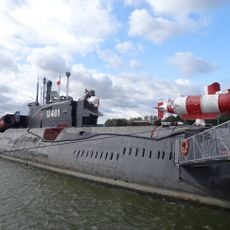
U-461
4.4 km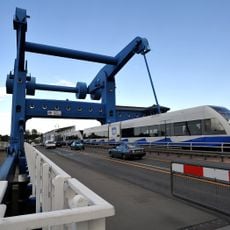
Peene Bridge Wolgast
12.7 km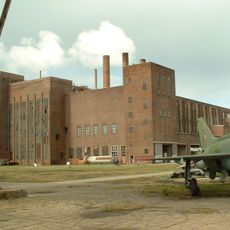
The Peenemünde Historical Technical Museum
4 km
Kulturhaus Zinnowitz
12.2 km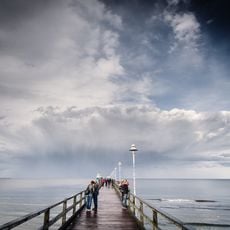
Zinnowitz pier
12.1 km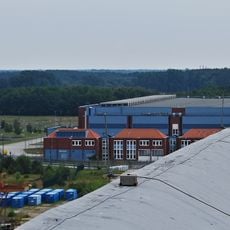
Zwischenlager Nord
8.7 km
Sauerstoffwerk Peenemünde
3.9 km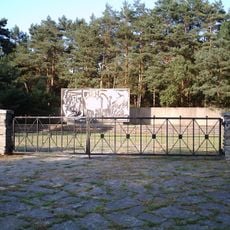
Mahn- und Gedenkstätte Karlshagen
7.7 km
Tierpark Wolgast
10.9 km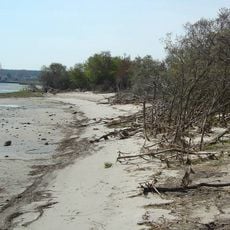
Peenemünder Haken, Struck und Ruden - Gebietsteil A
3.8 km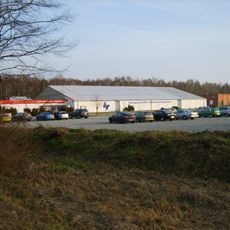
Trassenheide butterfly farm
10.7 km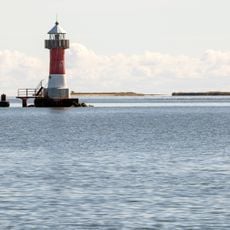
Peenemünde lighthouse
2.5 km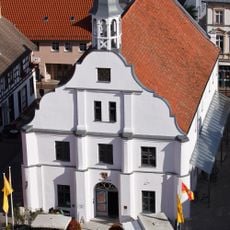
Historisches Rathaus Wolgast
12.8 km
Kirche Zinnowitz
12.5 km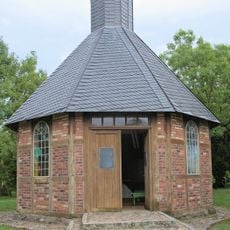
Memorial chapel
3.7 km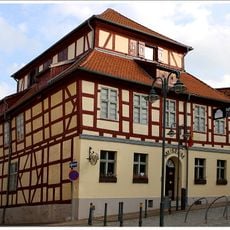
Stadtgeschichtliches Museum (Wolgast)
12.8 km
Kinderland
10.8 km
Steintanz von Netzeband
11.8 km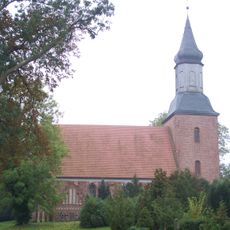
Kirche Kröslin
6.5 km
Petrikirche (Lubmin)
12.5 km
Großer Wotig
6 km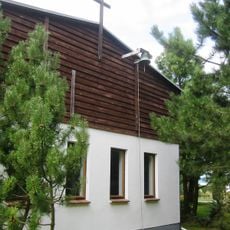
Bethlehemkirche
7.6 km
Karlshagen church
6.4 km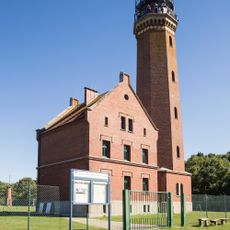
Greifswalder Oie Lighthouse
12 km
Greifswalder Oie
10.2 km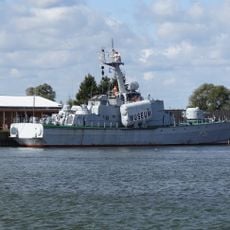
Hans Beimler
4.3 km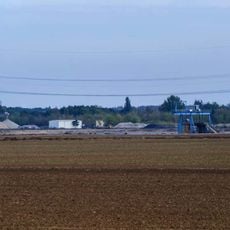
380 kV line Lubmin-Wolmirstedt
8.4 kmVisited this place? Tap the stars to rate it and share your experience / photos with the community! Try now! You can cancel it anytime.
Discover hidden gems everywhere you go!
From secret cafés to breathtaking viewpoints, skip the crowded tourist spots and find places that match your style. Our app makes it easy with voice search, smart filtering, route optimization, and insider tips from travelers worldwide. Download now for the complete mobile experience.

A unique approach to discovering new places❞
— Le Figaro
All the places worth exploring❞
— France Info
A tailor-made excursion in just a few clicks❞
— 20 Minutes
